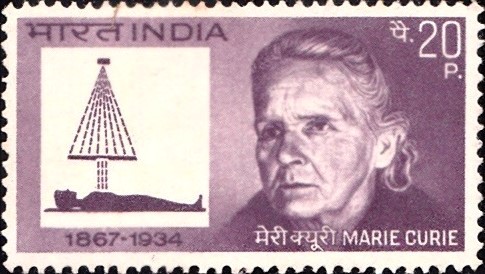
India on Marie Curie
A commemorative postage stamp on the Birth Centenary of Marie Skłodowska Curie (Madame Curie), a Polish physicist and chemist, received Nobel Prize in Physics (1903) and in Chemistry (1911) :
 Issued by India
Issued by India
Issued on Nov 6, 1968
Issued for : Science knows no national barriers. The entire world is celebrating the birth centenary of Madame Curie. The Indian P&T Department is happy to join in these celebrations by issuing a commemorative stamp in her honour.
Description of Design : The design of the stamp is horizontal. It depicts at left side a block in which a patient is shown being given a Radium treatment. A portrait of Madame Marie Curie is at the right side portion of the Stamp.
Type : Stamp, Mint Condition
Colour : Purple
Denomination : 20 Paise
Overall Size : 4.06 X 2.28 cms.
Printing Size : 3.80 X 2.00 cms.
Perforation : 14 x 14½
Watermark : Printed on unwatermarked paper
Number Printed : 20,00,000
Number per issue Sheet : 50
Printing Process : Photogravure
Designed and Printed at : India Security Press
Name : Maria Salomea Skłodowska
Born on Nov 7, 1867 at Warsaw, Poland
Died on Jul 4, 1934 at Passy, Haute-Savoie, France
About :
- While Madame Curie occupies an eminent position amongst the great scientists of the world, it was her spirit of dedication to her life’s mission which was something unique. To her fell the rare honour of being twice awarded the Nobel Prize once in 1903 jointly with her husband and again in 1911. As the co-discoverer of radium and radio-activity she was one of the precursors of the atomic age.
- Marie Sklodowska was born in Poland on November 7, 1867. She was the daughter of a professor of Physics at Warsaw. After finishing school, she was keen to go to France for higher studies. This she was ultimately able to do. Her means were poor and her student days in Paris were full of privations. But unmindful of her austere day-to-day life, she was immersed in her pursuit of knowledge. She found a companion and co-worker in the person of the young physicist Pierre Curie. The two were drawn to each other not only by their common scientific interest, but also by their simplicity and lofty ideals. Their friendship found its culmination in their marriage in 1895.
- Their most important scientific work was the isolation of the radio-active elements polonium and radium from the mineral pitch-blende. The process was long and arduous and was carried on with improvised tools in their backyard. A ton of ore had to be gradually broken up, boiled and treated over a period of several months before tiny amounts of the new substances could be obtained. Despite the risk and labour involved, the Curies did not fail or falter.
- The death of her husband Pierre Curie in an accident in 1906 might have broken a lesser soul. He had not only been her husband. He was her partner in a research venture which was the very breath of their joint lives. Madame Curie was now offered the physics Chair at Paris, a position held by her late husband. Her scientific pursuits thus went on almost uninterrupted by this severe blow.
- Her daughter Irene and her husband Joliot continued the family tradition. They made the remarkable discovery of artificial radio-activity for which they were awarded the Nobel Prize in 1934. Madame Curie lived to see her family thus honoured for the third time in her life. Shortly thereafter, she passed away.


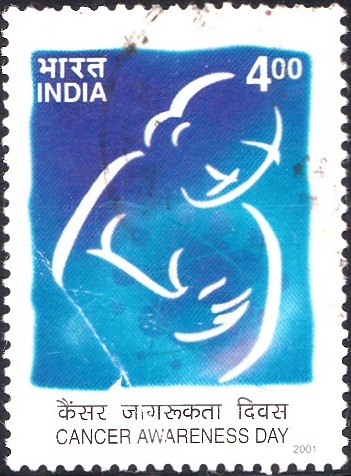
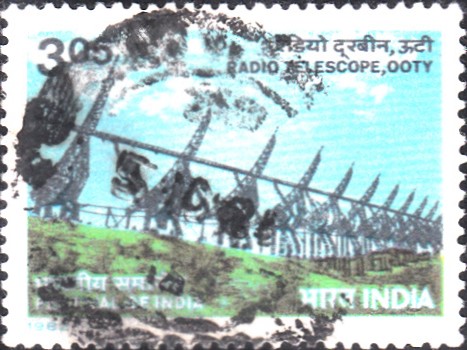
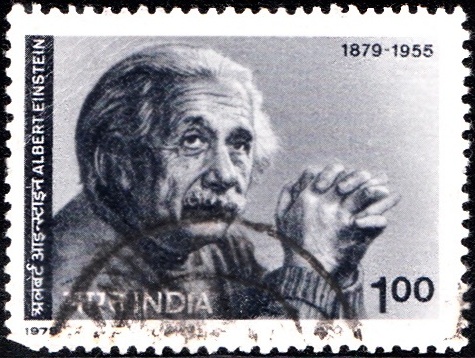
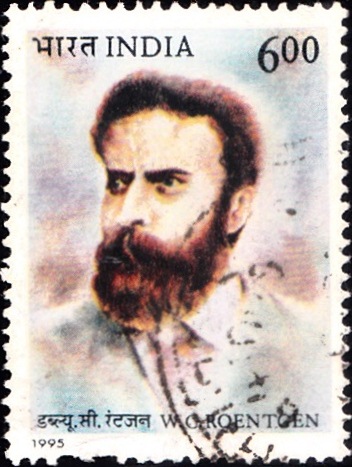
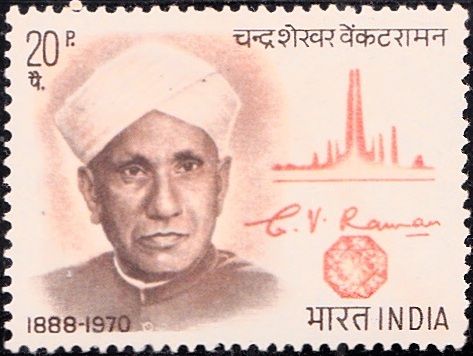
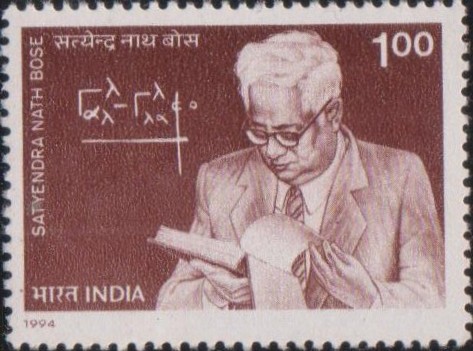
[…] : The First day Cover portrays the picture of Madame Marie Curie (1867-1934) who discovered Radium and Radioactivity. Soon after the discovery, Radium was used for […]